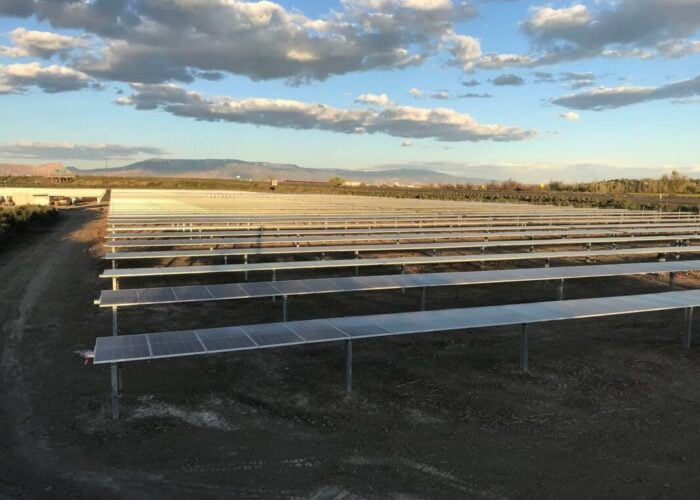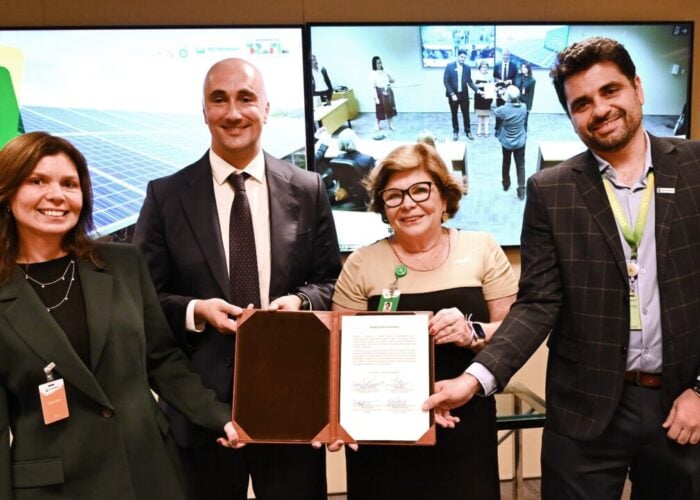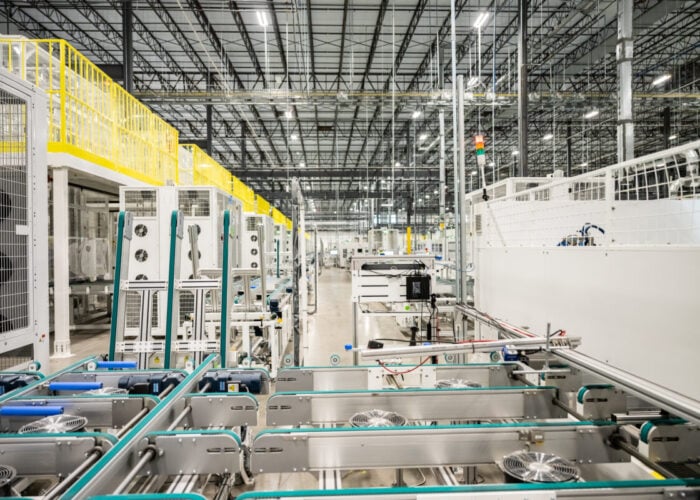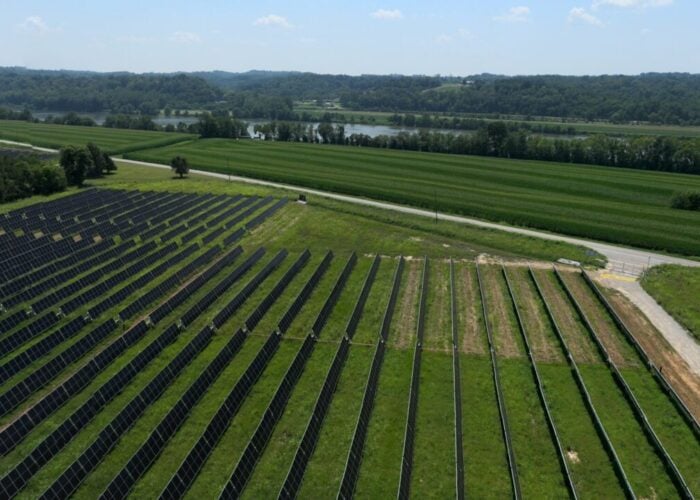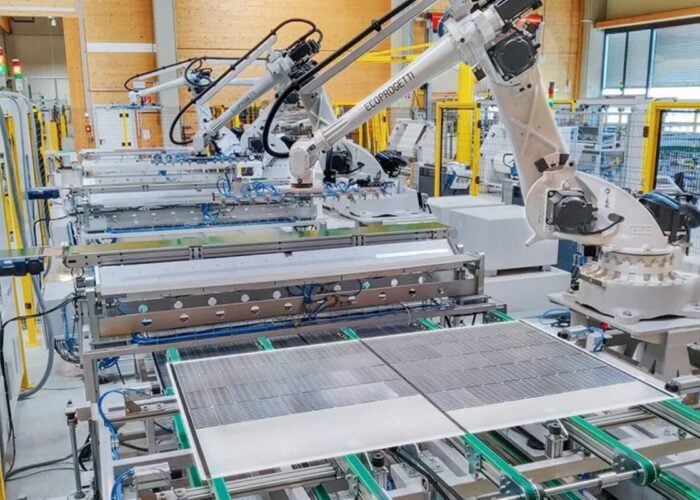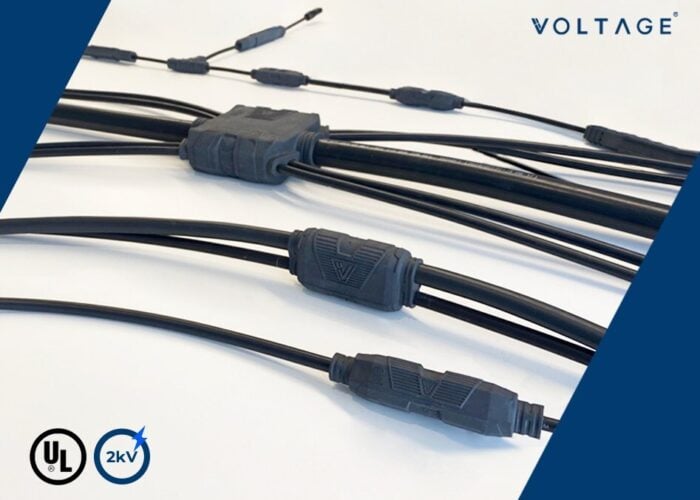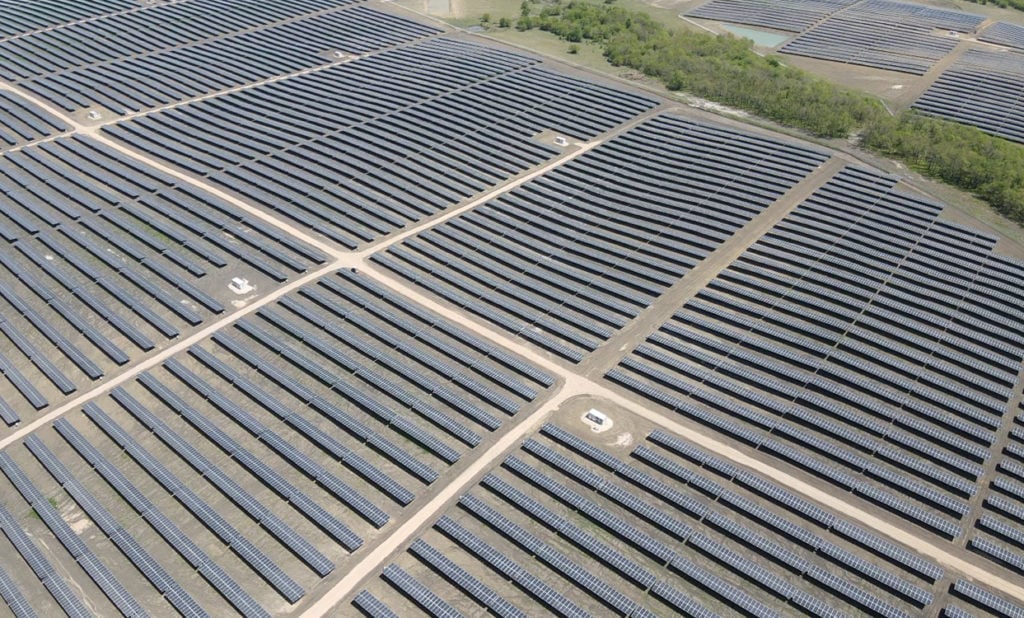
Major module manufacturer Hanwha Qcells has completed expansion work at its module manufacturing facility in Dalton, in the US state of Georgia, bringing the total capacity of the facility to 5.1GW.
The expansion work consisted of two parts, the first of which is to increase the production capacity of the facility by 2GW, with the facility now able to produce 30,000 panels per day. The second is to enable the factory to produce two new solar products: a new solar module designed for use in residential markets, the Q TRON G2 residential panel; and a bifacial panel that Qcells aims to use in the commercial and utility markets.
Try Premium for just $1
- Full premium access for the first month at only $1
- Converts to an annual rate after 30 days unless cancelled
- Cancel anytime during the trial period
Premium Benefits
- Expert industry analysis and interviews
- Digital access to PV Tech Power journal
- Exclusive event discounts
Or get the full Premium subscription right away
Or continue reading this article for free
The Georgia expansion follows the announcement of a US$2.5 billion investment by Qcells into its US facilities in January this year. A portion of this investment will also go towards the construction of a new materials manufacturing facility in the city of Cartersville, Georgia. The company expects to commission the Cartersville facility in the summer of 2024, and this factory, alongside the Dalton facility, will form the cornerstone of the company’s expansion into the US solar market.
“Completing this factory marks the third expansion we’ve made in Dalton, and it’s just the beginning of Qcells’ larger mission to build a fully integrated solar supply chain in America,” said Qcells CEO Justin Lee.
“As we build new solar technology from Dalton and prepare for the start of Cartersville, it is critical that our local to federal leaders continue to work not only with us, but the larger industry to ensure our collective investments deliver for communities for decades to come.”
The news follows US cell manufacturer Suniva’s announcement of a restart of operations at a cell production facility in the state, as the global solar industry looks to Georgia to locate new manufacturing capacity, and expand existing facilities.
Both the US federal and Georgia state government have established themselves as amenable to new solar manufacturing facilities, with financial incentives available for developers sourcing facilities in the southern state, and the continued growth of solar facilities in Georgia could demonstrate the efficacy of such government support for the solar sector.
“When I wrote and passed the Solar Energy Manufacturing for America Act [in August 2022], it was with this exact goal in mind,” Jon Ossoff, a US senator from Georgia. “Our state is emerging as the advanced energy capital of the nation, thanks to federal infrastructure and manufacturing policies that are benefiting Georgia more than any other state in the country.”

